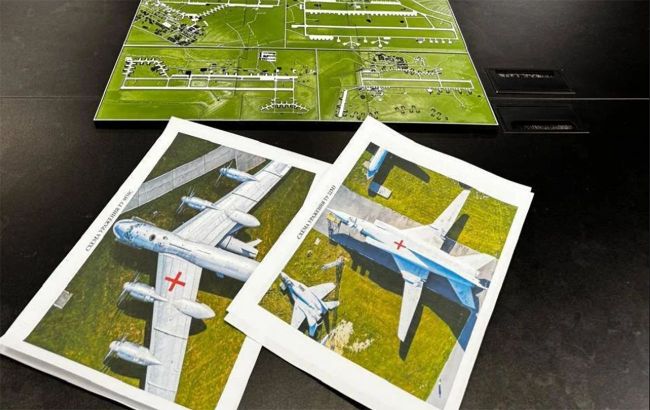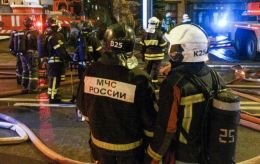Inside operation Spiderweb: Ukraine’s SBU unveils new footage of Russian aircraft destruction
 Photo: The SBU showed a new video about the special operation Spiderweb to destroy Russian aviation (ssu.gov.ua)
Photo: The SBU showed a new video about the special operation Spiderweb to destroy Russian aviation (ssu.gov.ua)
Operation Spiderweb, which targeted 4 Russian airfields, was a Ukrainian response to massive Russian missile attacks on Ukrainian cities, hospitals, and energy infrastructure, according to the Security Service of Ukraine (SBU).
The released footage shows the chronology of the special operation, during which SBU drones managed to down 41 Russian aircraft.
According to the SBU, the plan was directly led by the head of the agency, Vasyl Malyuk. Preparations for the special operation were carried out in the utmost secrecy.
How the special operation took place
First, the SBU sent FPV drones to Russia. After that, modular wooden houses were transported to the territory of the terrorist country.
Already in Russia, the drones were hidden under the roofs of the houses, which, in turn, were placed on trucks. At the right moment, the roofs were remotely opened, and the drones flew out to hit Russian bombers.
According to Malyuk, the SBU chief, following the laws and customs of war, worked on absolutely legitimate targets - military airfields and Russian aviation involved in the bombing of Ukrainian cities.
"We are working to surprise Russia with new surprises. No less painful than Operation Spiderweb," added the SBU chief.
Operation Spiderweb
On June 1, the SBU conducted a unique special operation during which four Russian military airfields were targeted:
- Olenya
- Ivanovo
- Diaghilevo
- Belaya.
Russian airfields were home to the Russian strategic aviation, which regularly strikes peaceful Ukrainian cities.
In total, Russian aviation losses as a result of the operation Spiderweb amounted to 41 units, including A-50, Tu-95, Tu-22, Tu-160, An-12, and Il-78 aircraft. The cost of the damaged equipment exceeds $7 billion.
For more details about the operation Spiderweb, see RBC-Ukraine's report.

